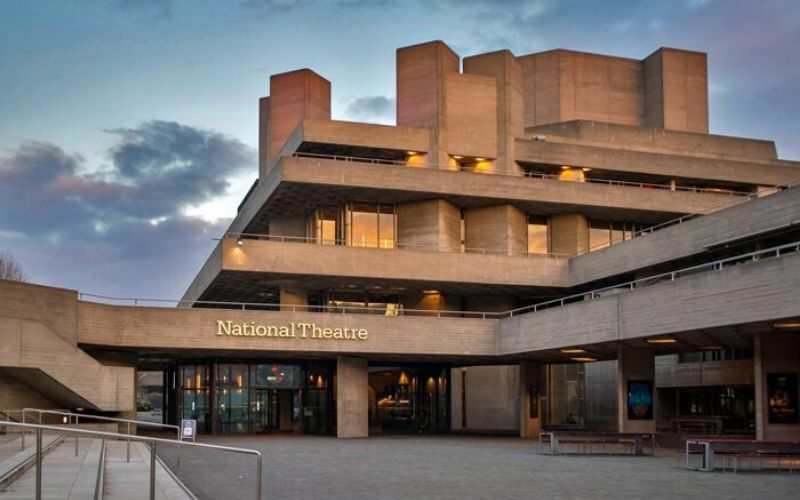About the National Theatre and its history
The National Theatre was based at The Old Vic Theatre in Waterloo from its
foundation in 1963 until 1976 and is currently located next to the Thames in
the South Bank area of central London. There are 3 National Theatre buildings
The Olivier Theatre, The Lyttleton Theatre and the Dorfman Theatre. It is one
of the UK’s most prominent funded performing arts venue and it was given
permission to add “Royal” to the name in 1988 but the full title is rarely
used. The theatre’s show multiple pieces such as Shakespeare, classic dramas
and contemporary playwrights. Each auditorium can run up to 3 theatre shows in
the repertoire and the theatre mainly makes money from its ticket sales.
National Theatre live
In June 2009 the theatre began National Theatre live which is a program of
live productions that were screened to lots of cinemas across the UK. It’s first performance that they broadcasted was
called “Phedre” which is a French dramatic tragedy that has 5 acts which was
written by Jean Racine. Phedre was first performed at the theatre of the “Hotel
de Bourgogne” in Paris which was shown in over 200 cinemas worldwide with an audience
of other 50,000 people. Since the launch of this program it has been
broadcasted to countries all around the world. The third season of broadcasts
was launched on the 15th September 2011 with One man, Two Guvnors
that starts Jams Cordon. Followed by Arnold Wesker’s “The kitchen” and John
Hodge’s collaborators with Simon Russel Beale. Then in 2012 Nicholas Wright’s
play “Travelling light” was broadcasted on the 9th February then “The
comedy of Errors” with Lenny Henry on the 1st March. In 2019 their
broadcasts could be found in 2,500 venues across 65 countries including about
700 venues in the UK alone.
Facts on each Theatre
Olivier Theatre
The Olivier theatre was designed in the 1970’s and was named after the theatre’s
first artistic director Laurence Olivier. The theatre has an open stage and a
fan shaped seating area that can hold up to 1100 people. Its design was made to
ensure that the audience’s view isn’t blocked by any seat and that everyone in
the audience is fully visible to the actors on stage.
Lyttleton Theatre
The Lyttleton theatre was designed by the architect Denys Lasdun and was
opened in 1975 and was named after Oliver Lyttleton who was the National
Theatre’s first board chairman. The theatre has a proscenium arch design and can
accommodate an audience of 890.
Dorfman Theatre
The Dorfman theatre is on the east side of the National Theatre and is named
after Lloyd Dorfman who was a philanthropist and chairman of Travelex group.
This theatre is the smallest and most potentially flexible and it can hold up
to 400 people. The theatre was formerly known as the Cottesloe which is named
after Lord Cottesloe. Lord Cottesloe was the chairman of the South Bank theatre
board.


Great start well done Dion x
ReplyDelete